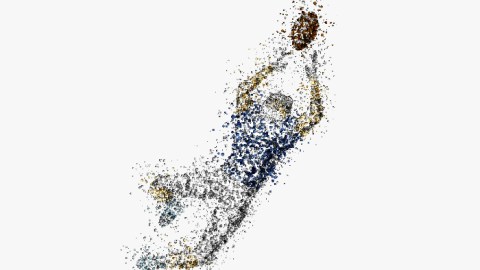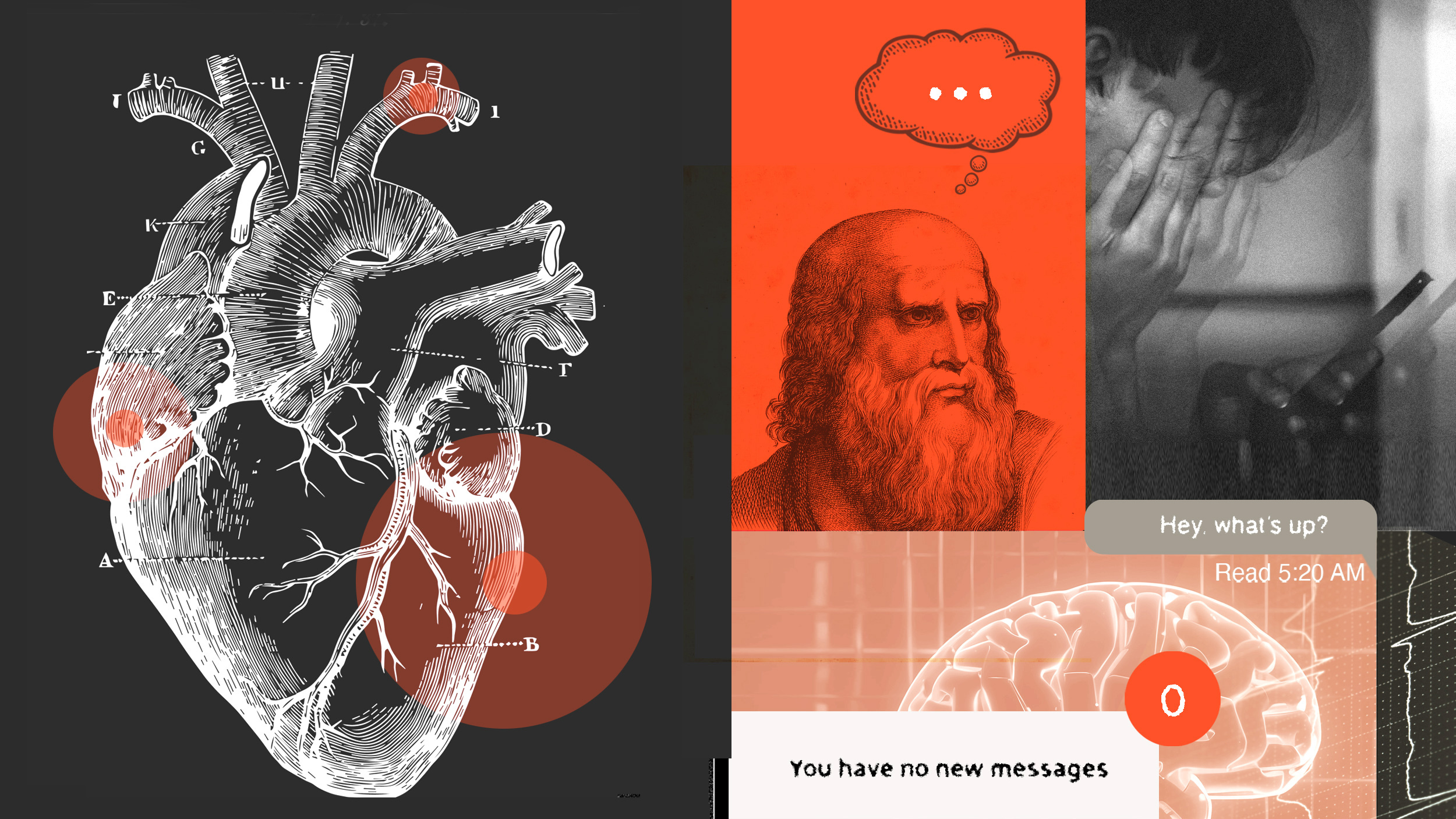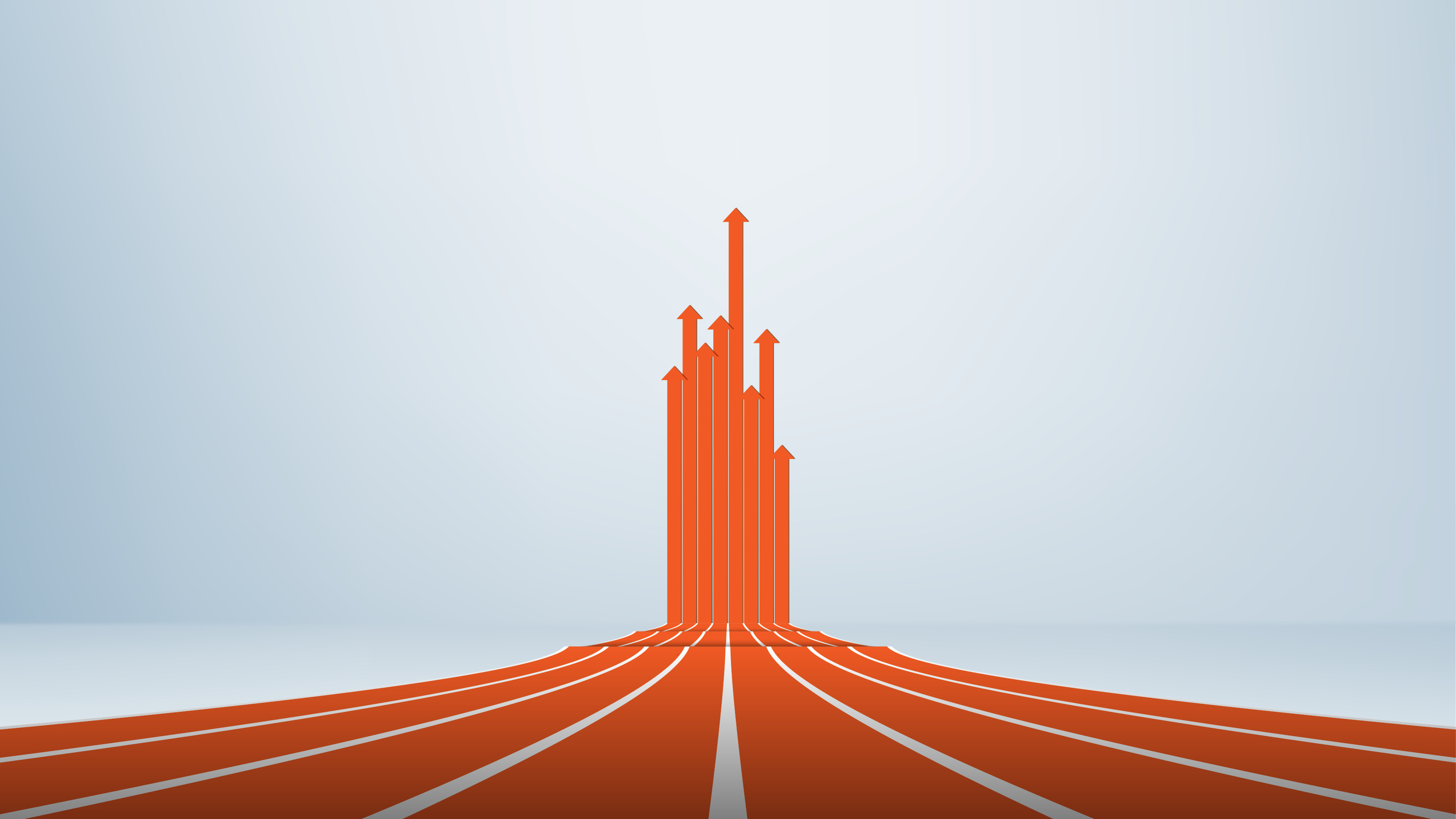The Brutal Physics of Football

“Brutality in playing a game should awaken the heartiest and most plainly shown contempt for the player guilty of it,” said President Theodore Roosevelt in 1905, a year in which 18 young men died playing high school and college football.
The reform-minded Roosevelt’s criticism led to sweeping changes in the rules, pushing the game of football closer to what it resembles today. Perhaps the signature innovation was the creation of the forward pass, a new concept at the time that would take a few years to be understood and perfected.
What’s the Big Idea?
It’s not hard to see why many teams were slow to recognize the full potential of the forward pass. The challenge of throwing a tight spiral down the field and hitting your target with precision is a tricky one. As the ball travels through the air it follows a parabolic path that is influenced by multiple forces, such as gravity, and air resistance.
That is why best quarterbacks today have to intuitively understand how the forward pass works. They need to understand mechanics, the study of motion. Indeed, quarterbacks, kickers and even linemen who use their brute force to stop other bodies in motion all need to be intuitive physicists to succeed in this game.
In the video below, Ainissa Ramirez, hailing from the birthplace of American football, Yale University, walks us through the major physics concepts at work in the sport.
Watch here:
What’s the Significance?
Over 100 years ago, rules changes were introduced in order to make the game of football safer. Today we understand a lot more about head injuries than we did in the past. Responding to a rash of suicides by current and former players, further rules changes are being contemplated, such as replacing kickoffs. In the meantime, Ramirez argues that scientists need to do their part and design new protective equipment that will protect players from injuries, particularly head trauma.
Watch the video here:
Ainissa Ramirez (@blkgrlphd) is a science evangelist who is passionate about getting kids of all ages excited about science. Before taking on this call, she was an associate professor of mechanical engineering at Yale University. Currently, she is writing a book on the science behind football with NYT bestselling author Allen St. John entitled Newton’s Football (Ballantine books). She is also the author of the new ebook Save our Science: How to Inspire a New Generation of Scientists, in which she advocates on how to humanize the sciences and introduces them into everyday life.





